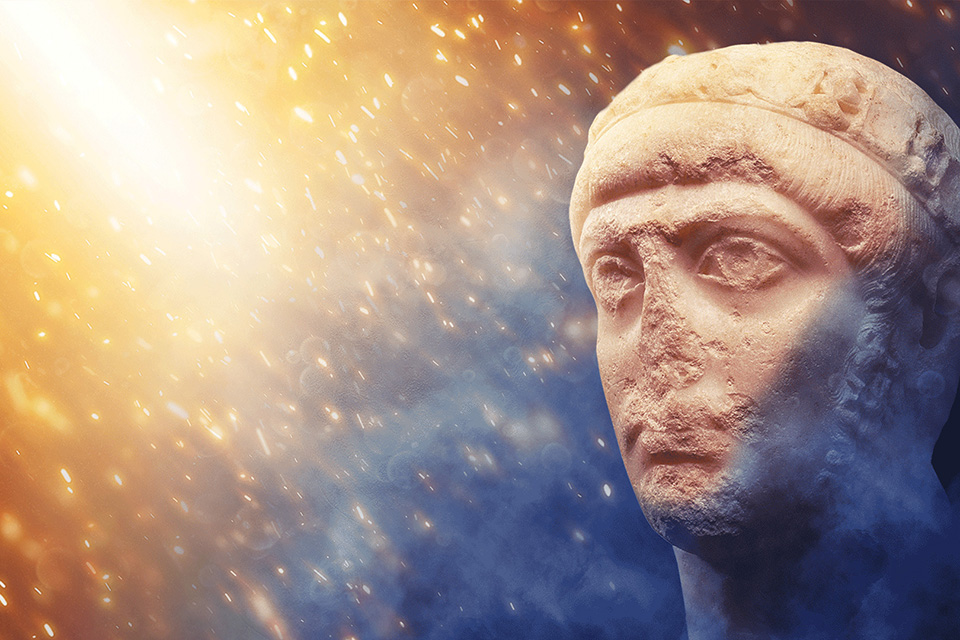Why did the Western Roman Empire collapse in the 5th century? A major exhibition in Trier and focusing on the Late Antiquity offers a handful of explanations at three separate locations.
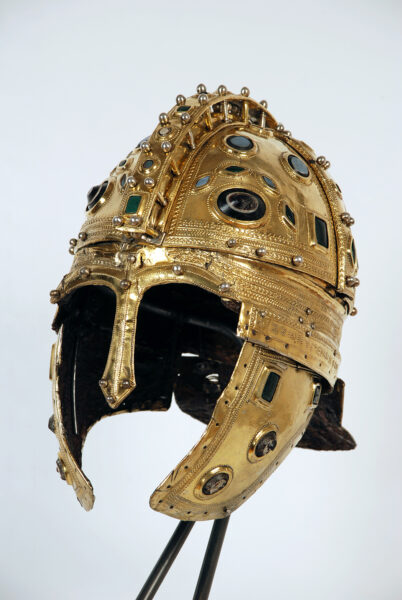
Berkasovo, Šid (Serbia), 4. century, Museum der Vojvodina, Novi Sad.
The Roman Empire reached its peak during the rule of Augustus at a time when the climate was warm and propitious around the Mediterranean. Even overcoming a massive political and economic crisis at the end of the third century, the Roman Empire was able to soldier on to new heights in the 4th century, beginning with the long reign of Constantine and the cultural infusion of Christianity. However, in the 5th century, Rome lost ground to a series of “new” people, who swiftly gained ground and founded a series of successor- kingdoms, many of which later turned into the nation-states still dominating the political landscape of Europe. So the question remains: What led to the political downfall of Rome? Moreover, was it both a political and cultural downfall? To what extent did “Rome” live on in the cultural fabric of Europe
How did such a vast empire die? Why did once flourishing cities shrink, and why did people leave the civic culture behind? What were the harbingers of decay, and what was the fallen empire’s legacy?
This autumn, the large state exhibition in Rhineland-Palatinate 2022 deals with this fascinating topic at three locations in Trier: The Rheinisches Landesmuseum, the Museum am Dom and the Stadtmuseum Simeonstift. The decline of the Western Roman Empire is presented in 31 exhibition halls with a total area of 2,000 m2. In addition to top-class objects from Trier’s collections, numerous international and national exhibits fulfil the picture. A good 700 exhibits from over 130 museums and institutions and around 20 countries can be admired in the exhibition areas of the three museums. Each location tells the story from a different perspective. At the Rheinisches Landesmuseum, the history is told from a historical point of view, while the Cathedral Museum presents the history of the adoption of Christianity and the impact of the early church. Finally, Simeonstift presents the cultural history of the different explanations offered since the 18th century.
Trier – Center of Antiquity
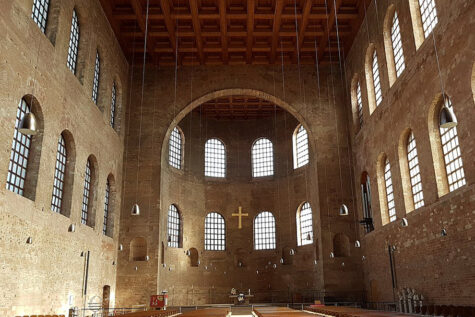
In itself, the city of Trier was part of the history. Founded by the Celts in the 4th century BC, the city was conquered by the Romans by Caesar and renamed Augusta Treverorum in 56 BC. During the Roman Optimum – until the middle of the 3rd century – the city was a bustling major river port located on the river Mosel with access to the Rhine (and further south along the tributary Saar). After the wars in the later third century, the city became one of the four capitals in the Roman Empire. Constantine the Great lived at Trier from AD 306–14. At that time, Trier was walled with four massive gateways and 47 watchtowers. The Constantine city of Trier is estimated to have housed between 75-100.000 people.
Trier was also the first bishopric north of the Alps and the birthplace of St. Ambrose, the bishop of Milan and teacher of Augustine. In AD 459, however, the Franks seized Trier and years of decline of the former bustling city took place.
Nevertheless, some of the major Roman edifices were preserved as opposed to many other Roman cities. Today visitors may enjoy the Porta Nigra, the theatre, the imperial baths, the Roman Bridge and not least, the Constantine Basilica, the ruins of the first Cathedral of Trier (St. Peter) and the funeral monument called the Igel Column. In 1986 the town was awarded UNESCO World Heritage status. The city still maintains the layout of its Roman predecessor.
Roman Antiquity in the Rhineland-Palatinate
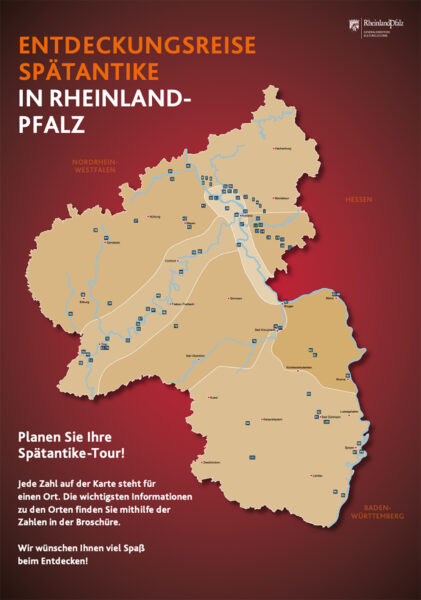 Also, in the wider Rhineland-Palatinate, other traces of the Roman Empire are waiting to be discovered. Ancient temples and villas, baths and thermal baths, forts and aqueducts can be found almost everywhere in the country. The theme year “Late Antiquity” in Rhineland-Palatinate offers an extensive program and numerous cultural activities related to the state exhibition. With the brochure Discovery of Late Antiquity, visitors are invited to explore the history of the Rhineland-Palatinate in museums and at numerous authentic archaeological sites. In addition, a comprehensive “travel guide” presents 101 places from late antiquity in Rhineland-Palatinate. The brochure is available online.
Also, in the wider Rhineland-Palatinate, other traces of the Roman Empire are waiting to be discovered. Ancient temples and villas, baths and thermal baths, forts and aqueducts can be found almost everywhere in the country. The theme year “Late Antiquity” in Rhineland-Palatinate offers an extensive program and numerous cultural activities related to the state exhibition. With the brochure Discovery of Late Antiquity, visitors are invited to explore the history of the Rhineland-Palatinate in museums and at numerous authentic archaeological sites. In addition, a comprehensive “travel guide” presents 101 places from late antiquity in Rhineland-Palatinate. The brochure is available online.
A large volume accompanying the exhibition has been published. More than 464 pages give an overview of the current interpretations and the status of the discussion on the “fall”. At the same time, the authors sketch a large picture of the developments in the Roman Empire from the 3rd to the 5th century.
VISIT:
Der Untergang des Römischen Reiches
25.06.2022 – 27.11.2022
READ MORE:
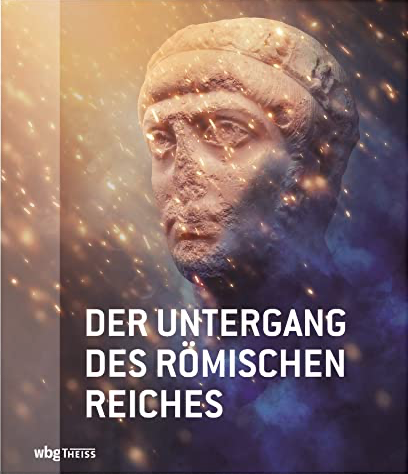 Der Untergang des Rrömischen Reiches. Der aktuelle Wissensstand aus internationaler Perspektive. Begleitband und Ausstellungskatalog zur Landesausstellung in Trier
Der Untergang des Rrömischen Reiches. Der aktuelle Wissensstand aus internationaler Perspektive. Begleitband und Ausstellungskatalog zur Landesausstellung in Trier
By Generaldirektion Kulturelles Erbe Rheinland-Pfalz
Wbg Theiss in Wissenschaftliche Buchgesellschaft
2022
